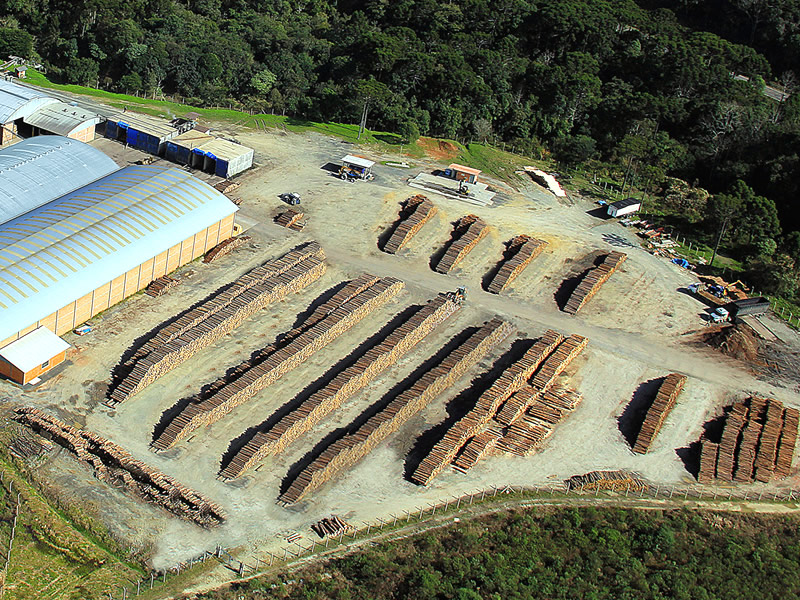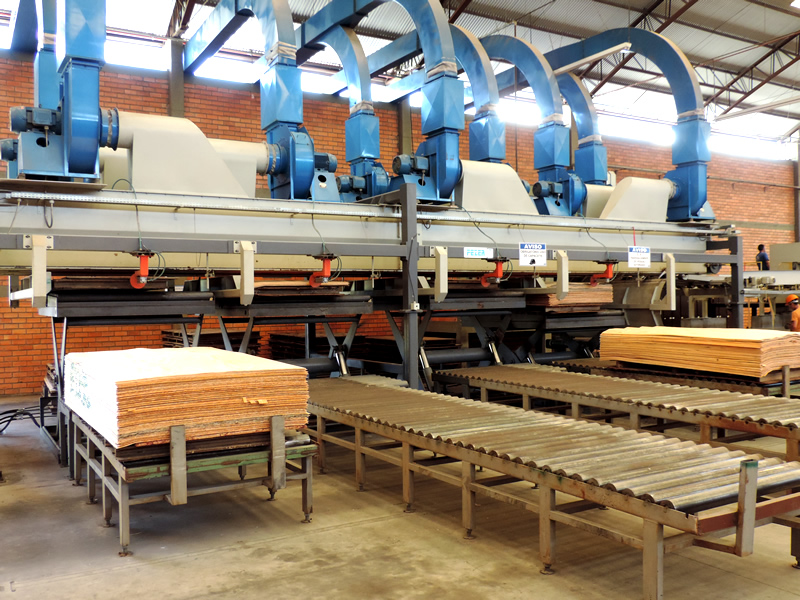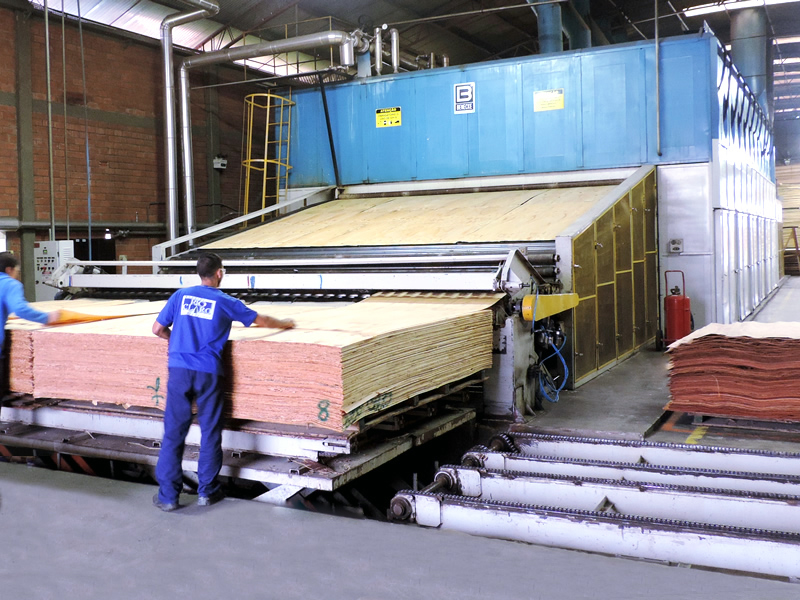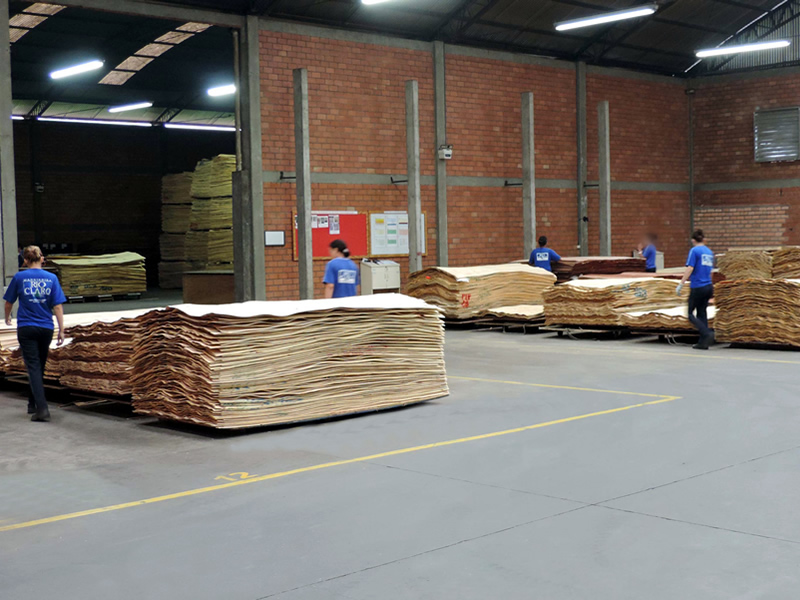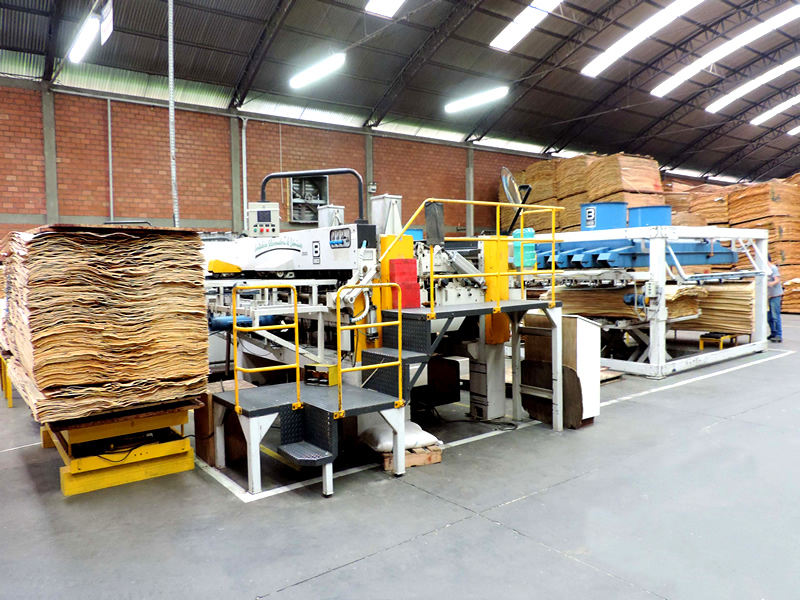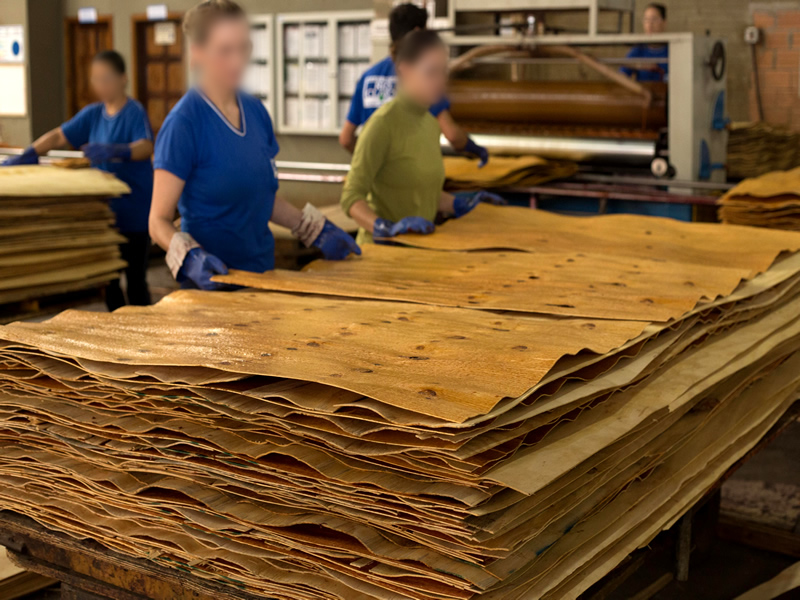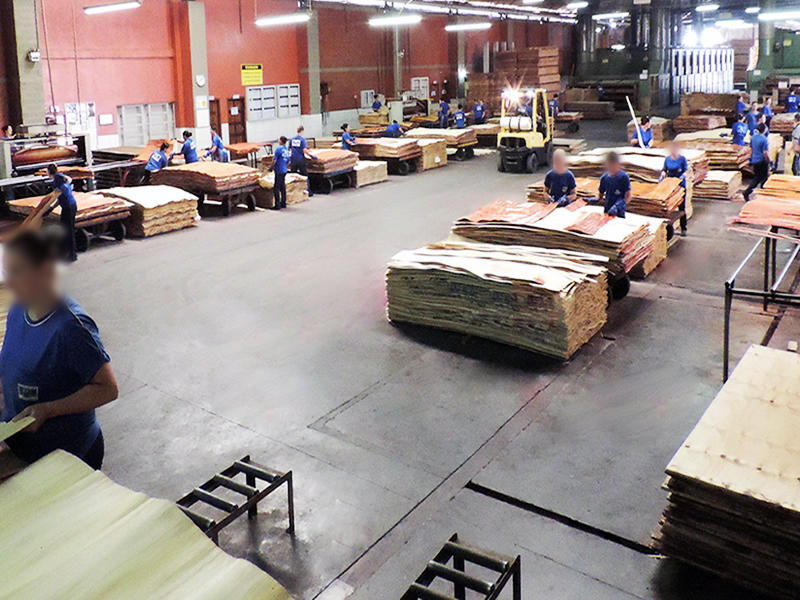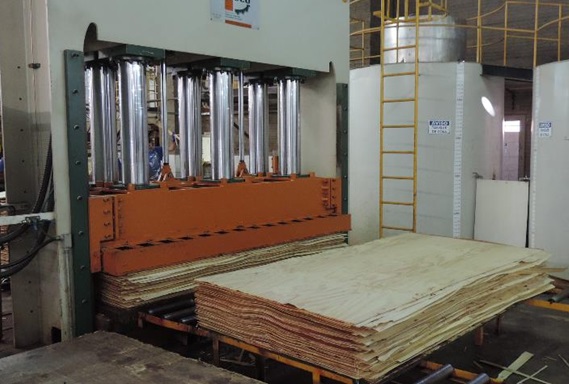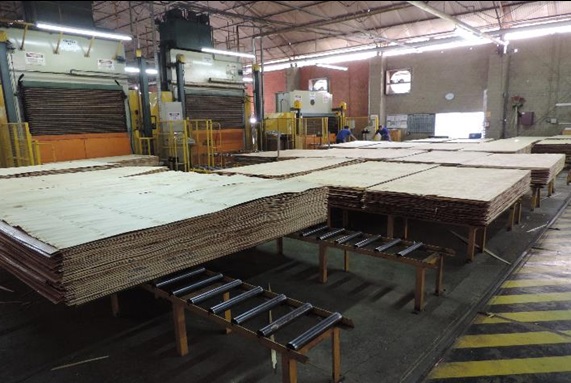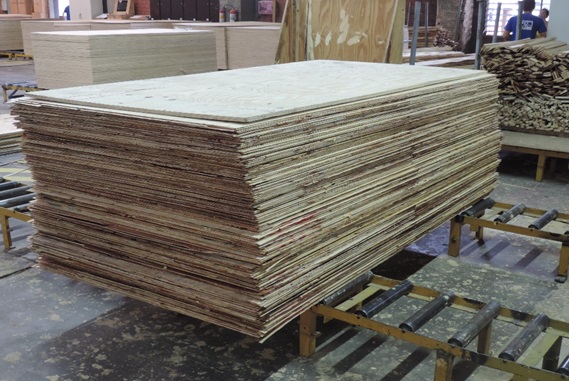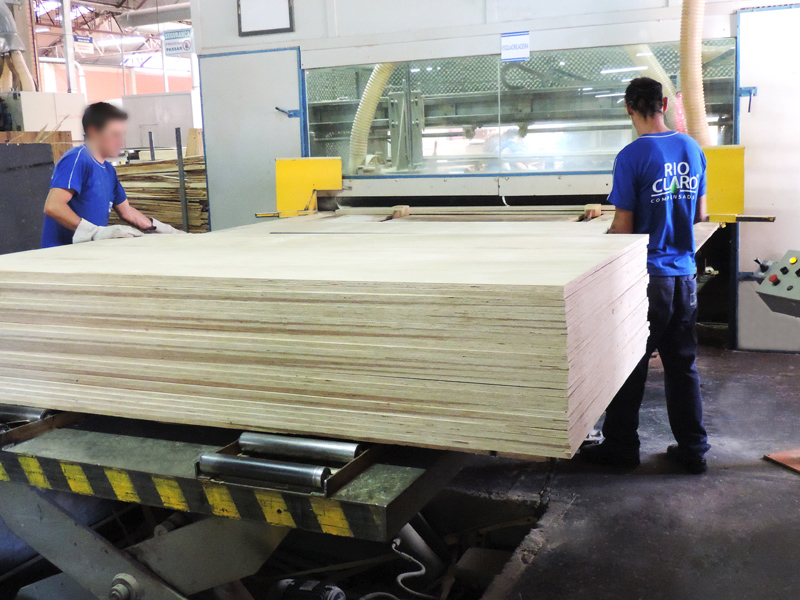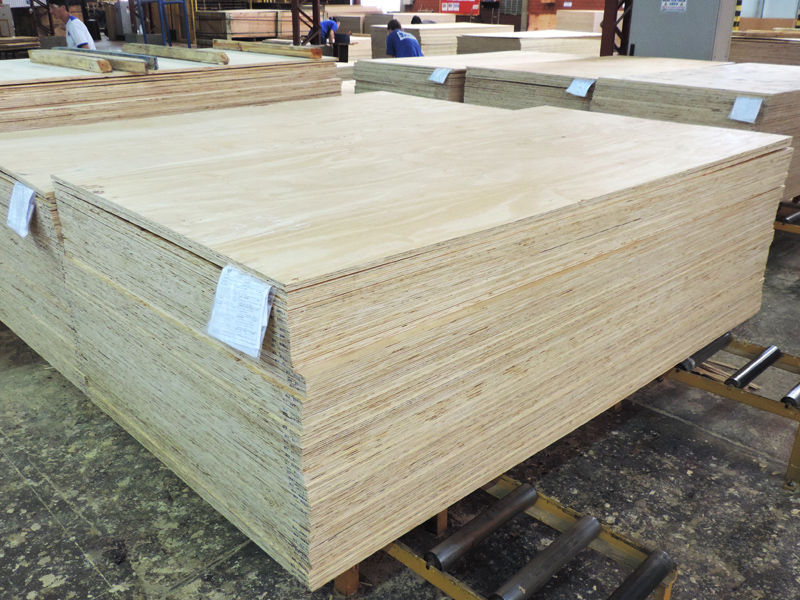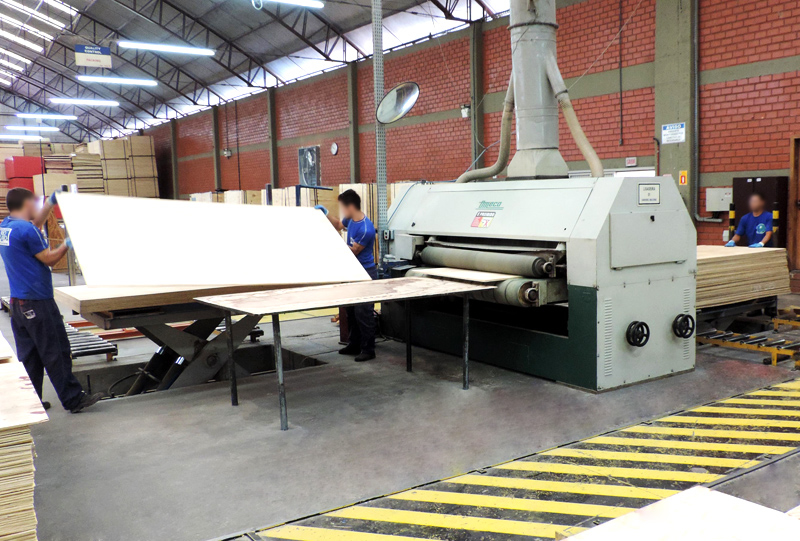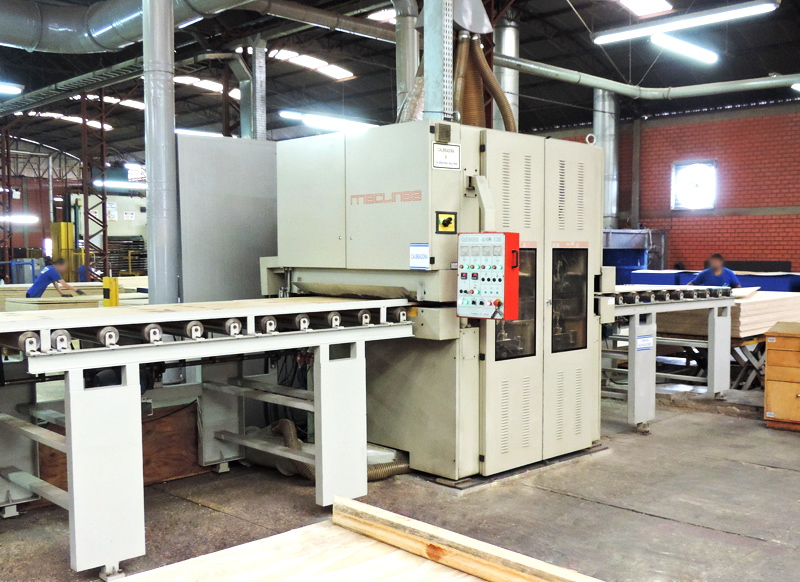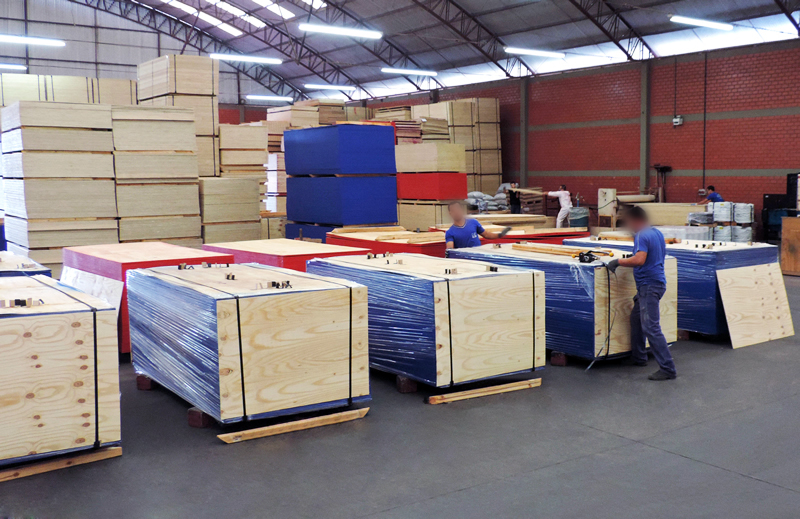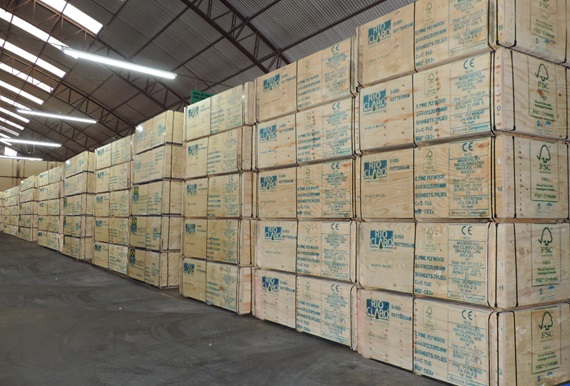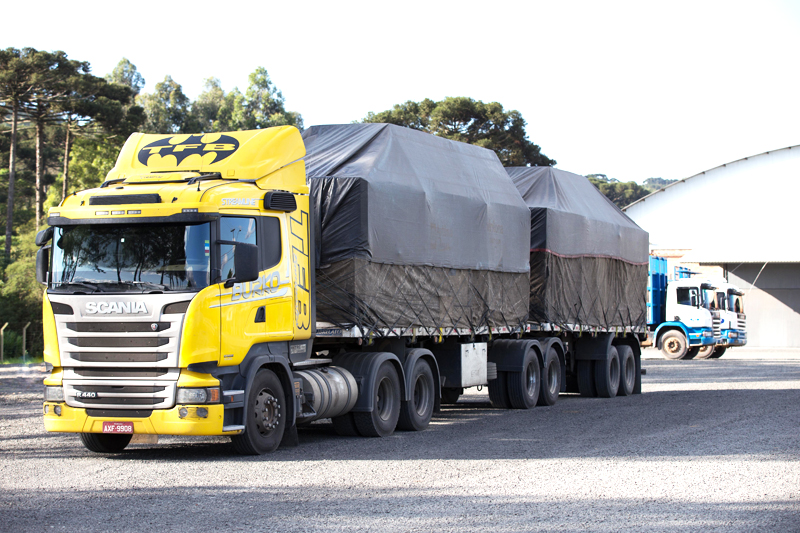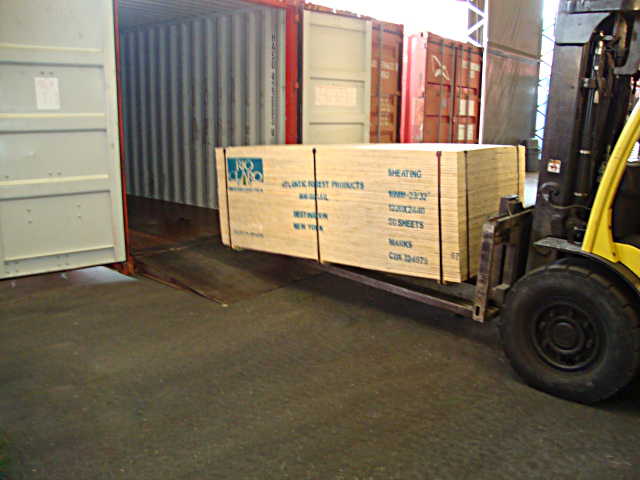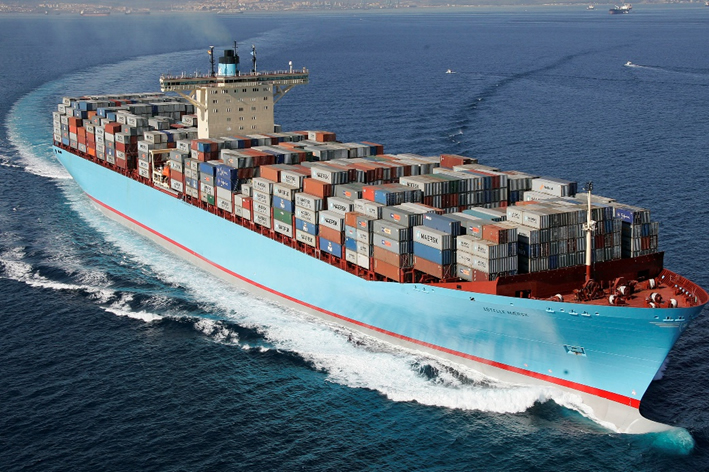This Cookies Policy applies to the website http://www.mrclaro.com.br and describes how we collect and use this information, as well as the option that we have using technologies called “cookies”. In this document we will inform how we collect information using cookies on our website, how they are used and why it is necessary to store these cookies.
If you how to manage cookies on our platform, please be awarded that doing it may interrupt some functionalities on our website.
Aiming to give you more details about the use of these technologies, below you can find some features on our website.
WHAT ARE COOKIES?
Cookie are text files with small pieces of data that exists on the website while you are browsing it. Cookies are processed and stored by your browser. Cookies are harmless and perform important functions on the website.
Cookies can also be easily viewed and deleted accessing the browser settings. Some of the cookies we use may be associated with your account (including information about you, such as the email address you provided, for example).
HOW WE USE COOKIES
Your data is processed through the following categories of cookies:
• Essential Cookies
These cookies are essential for the functioning of our platform. Allow users to browse our website and use all its functions. Without these necessary elements, our platform will not function properly, and we may not be able to provide the functions associated with it.
• Statistics Cookies
The purpose of these cookies is to help us to understand the performance of our digital platform, measure our audience, check the browsing and interaction habits of our website users and the way they visit it, thus helping us to improve the performance of our website.
For instance, these kinds of cookies inform us how many people use some feature and how popular it is, or whether people open an email that we have sent.
• Personalization Cookies
These cookies allow our digital platform to store user choices (such as username, language or region) to provide a personalized experience without having to re-enter this information.
• Marketing Cookies
They are used to show relevant advertisements to users on our digital platforms or on partner websites, and help us to understand whether users who viewed the advertisements visited our digital platforms after viewing the advertisements. Advertising cookies may also be used to remember possible searches that users have made on our digital platform and, based on those searches, to provide users with relevant advertisements meeting to their interests. These cookies help us to measure the effectiveness of advertising on our website.
Cookies Storage
• Session Cookies – These cookies are temporary and expire when you close your browser (or when your session ends).
• Persistent Cookies – This category covers all cookies that remain on your hard drive until you or your browser clears them, depending on the cookie's expiration date. All persistent cookies have an expiration date written into their code, but their duration may vary.
Cookies – Where they come from
• First-party Cookies – first-party cookies are placed on your device directly by the website you are visiting.
• Third Party Cookies – These cookies are placed on your device, not by the website you are visiting, but by a third party such as an advertiser or analytics system.
These are the main ways of sorting cookies, although there are cookies that do not neatly fit into these categories or may qualify for multiple categories.
HOW YOU CAN MANAGE OR DELETE COOKIES
Most Internet browsers are set to automatically accept cookies. However, you can change the settings to prevent the use of cookies or to alert you when cookies are being sent to your device.
Your browser may provide a cookie option. For example, most browsers allow you to block “third party cookies”, which are cookies from websites other than the website you are visiting. These options may vary from browser to browser. Check your browser settings for more information.
The user will be able to manage their cookie preferences through their browser.
It is important highlight that, if our cookies are disabled or deleted, not all functions of our website can be used normally. For example, you may not be able to access certain areas of our website or you may not receive personalized information when visiting it.
If you use other devices to view and visit the website (e.g. computers, smartphones, tablets, etc.), you must configure each browser on each device to suit your cookie preferences.
USED COOKIES AND PURPOSES
Below you can find detailed information about the cookies used on our digital platform, as well as, the purpose of processing this data:
| NAME |
USE |
PROVIDER |
CLASS |
STORAGE TIME |
| _ga |
This cookie is installed by Google Analytics and used to calculate number of visitors, session, campaign data and track website usage for website analytics report |
.google-analytics.com |
Statistic |
02 years |
| _gid |
This cookie is installed by Google Analytics and is used to store information on how visitors are using the website and create an analytical report informing how website is performing. The collected data includes the number of visitors, the source they came from and the pages visited anonymously. |
.google-analytics.com |
Statistic |
24 hours |
| _gat_gtag |
This cookie is installed by Google Analytics. |
.mrclaro.com.br |
Statistic |
|
If you have any questions about the management of cookies on our website, please contact our DPO’s:
Name: Clederson Mosson
Paulo Alberto Wachholz
Email: dpo@mrclaro.com.br
Tel: +55 (42) 3463-1144.

